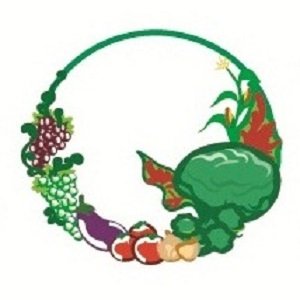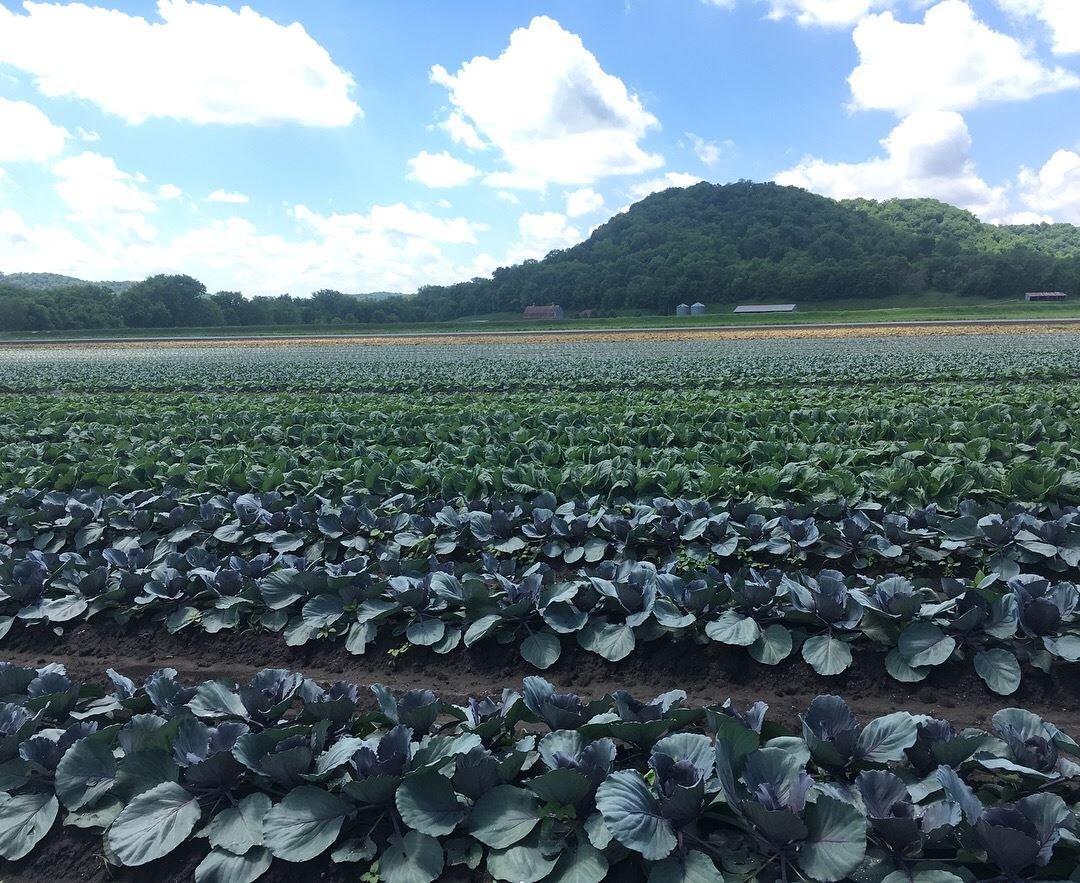
Making the Most of a CSA
A Little Extra Love
At Featherstone, we are able to grow fruits and vegetables that were bred for flavor instead of ship-ability, because our food doesn’t travel very far. While this means you get to enjoy fresh, flavorful, and unique produce straight from our farm, it also means you’ll have to give these veggies a little extra love to use, prep, and store them well. For more on eating locally, read The Local Food Difference.
Most of your Featherstone vegetables will come to you already cleaned, but some items—particularly leafy greens such as spinach, arugula, lettuce, and so on—may need washing at home. Washing too thoroughly before shipping may affect quality, and we want to make sure you’re receiving quality.
1. Sort the veggies in your box into like groups; bunched roots like radishes, beets, or carrots with their tops on; leafy greens like head lettuce or kale; “fruit” vegetables such as tomatoes, peppers, cucumbers, or zucchini (if it has seeds, it’s a fruit!); head vegetables like cabbage, kohlrabi, and broccoli; herbs such as parsley, basil, dill, or cilantro; loose roots like turnips, potatoes, onions, or beets; winter squash and pumpkins; and fruits like watermelon or apples.
4. Leafy greens come in many shapes and sizes. Our bagged loose leaf salad mix is washed and ready to go in the fridge (or right into your salad bowl). For any unbagged greens, if they are spry and beautiful, they are ready for storage in a container in the fridge. Similarly to how we’ve been storing all of our veg so far, we want to consider moisture and breathability. Do not put greens in a sealed bag or container (they’ll get slimy), but make sure they are not able to lose too much moisture (they’ll wilt). A minimally perforated bag or container that doesn’t have a tight seal work best. If your greens already appear to be a little wilty after their day of travel, rinse them with cool water, pat dry, and store with a towel or paper towel in a (again, slightly breathable) container in the fridge. It’s best to wait to wash greens until right before you use them, unless they are already wilting.
6. If you’ve made it this far, you probably can guess the best way to store your head vegetables: in a semi-perforated or loosely covered container. These are less susceptible to slime or rot, so you could get away with a sealed container. We still want to maintain moisture to prevent limp broccoli or cabbages. A common occurrence with organically grown broccoli is encountering a small green worm or two that has come along for the ride. Do not panic! This is proof that we are growing organic food and preserving a diverse ecosystem filled with microorganisms, birds, critters, and even bugs. Inspect broccoli for wrigglers before placing in your fridge for best results.
Storing your fresh produce
The best way to get the most out of your CSA is to properly store everything as soon as you bring your produce home. We’ll package a few items for storage, but most of your CSA share will require at-home storage solutions (otherwise we’d have to wrap individual items in plastic). Please do NOT just toss your bounty straight in the fridge! You will be disappointed the next day to find wilty greens, wrinkly roots, and limp broccoli. Follow the storage tips below for the best results. This is a bit lengthy but important info! Come back to reference any time.
You’ll receive a weekly Box Reveal video for pertinent storage tips in your inbox
2. Put anything that was packaged in a plastic bag straight into the fridge. Paper bags will be handled differently. If you’re hoping to store these items for a few days in there, leave the bag slightly agape so there’s room to breath, but make sure the bag is still keeping moisture in (moisture moves up!). You could also transfer into a different container if you prefer, as long as you are able to maintain moisture and allow for some airflow.
3. For bunched roots, it’s best to remove the tops and store them separately. Leaving the greens attached to the root degrades the quality as the leaves continue to draw water and nutrients from the roots. We send you bunched roots with the greens on because they are fresh from our field, and the greens are always edible. Store the roots in a minimally perforated bag or container, similar to the pre-bagged items you already put in your fridge (see above). For the tops, see leafy greens storage below.
Long rows of green kale
5. Some of your fruiting vegetables will come in a paper bag. This is a great place to keep them, especially if they need a little time to ripen up. Fruiting vegetables do not prefer to be stored in the fridge, and actually prefer to be held between 40-50 degrees Fahrenheit, which maintains their flavor. Most of us do not have a separate temperature controlled space to store our zucchinis (unless you happen to have a wine fridge, that would be a great place to throw your peppers, cucumbers, zucchini, or ripe tomatoes). Your best bet for storing zucchini, cucumbers, and eggplant is in (again!) a semi-perforated or loosely covered container that won’t allow these fruits to dry out and wrinkle, but won’t trap moisture and cause mold or rot. Peppers produce ethylene and will rot quickly in a sealed container, so make sure they get a little extra air. Do not wash any fruiting vegetables until right before you use them.
5.5 As for your tomatoes, I would recommend keeping them on your counter until they are ripe (you can also do this for unripe peppers that haven’t quite turned full red), and then eating them as soon as they are ripe. If you must store a ripe tomato, put it in your fridge, but try not to leave it in there for too long (no bag or container required). We do not grow the tomatoes you find at the grocery store—these are delicate, perishable tomatoes with great flavor and texture that are not meant to be shipped far or held for long periods of time. Enjoy them!
Our red and green cabbage in the field
7. For herbs, cut off the bottom of the stems and put the herbs in a jar with about an inch of water. Place a plastic bag over the top of the herbs, and store in the fridge (except for basil—leave basil on the counter) and change the water every couple of days. Try to keep the leaves dry!
8. Your topless roots will usually come in a bag, and you may have already placed some in your fridge during step 2. If you have items in a paper bag, usually onions or potatoes, they can be stored in the bag at either room temperature or in the fridge. If you notice the bag getting damp in the fridge, it’s best to switch to a different dry container that’s just as breathable as paper. All root crops prefer the dark (just like real roots) and may start growing again if they’re left out in too much light. When crops like onions and potatoes start to grow again, they also start to eat themselves from the inside out, and rot. Ensuring a nice dark space for these crops will help them store longer.
9. Winter squash can sit on your counter or in your pantry (or even a garage that doesn’t freeze), and needs little else. Be sure to keep them away from apples or other ethylene-producing fruits, as this can cause the squash to decompose quickly.
10. It’s best to keep fruit in a separate drawer in the fridge from your vegetables, as fruits like apples and musk melons produce ethylene gas, which can cause other vegetables to decompose quicker than usual. You do not need to put your fruit in a container, their skins are enough to protect and maintain their moisture.
If you have any questions or need help troubleshooting your vegetable storage practices, give Nicole a call or text at (507)-429-2003




